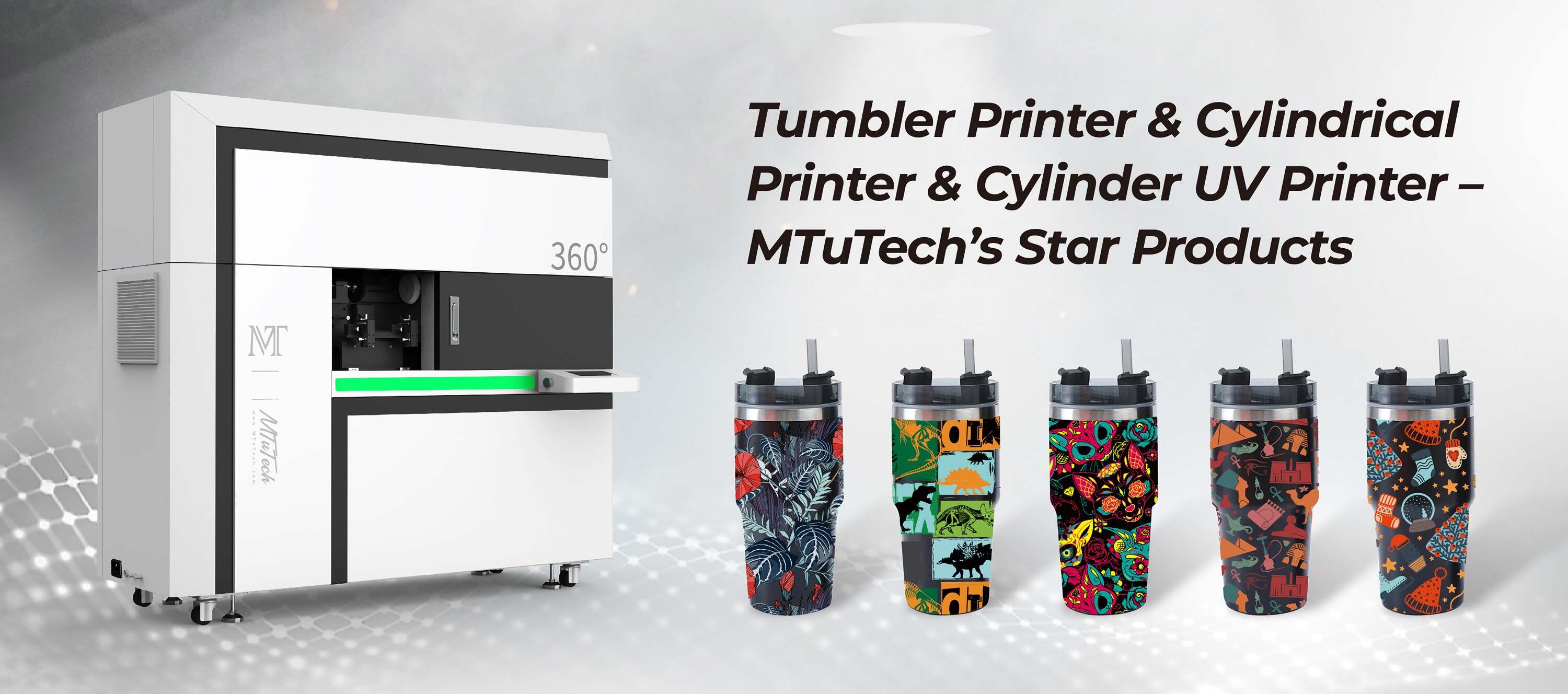Electronics Component Printing with Visual Positioning UV Printers
Introduction
In today’s fast-paced technology landscape, precision and efficiency in manufacturing are more crucial than ever. When it comes to printing electronics components, accuracy and high-quality finishes are paramount. Visual positioning UV printers have emerged as a game-changing solution, allowing manufacturers to achieve remarkable results in the printing of electronic components. This post delves into the benefits, features, and applications of visual positioning UV printers, helping you understand how they can elevate your manufacturing process.
Understanding Visual Positioning UV Printers
Visual positioning UV printers are sophisticated digital printing machines designed for high-precision applications. They utilize ultraviolet (UV) light to cure ink as it is printed, enabling quick drying and rich color applications. The visual positioning feature enhances the printer's ability to accurately align and print on various surfaces, crucial for electronics components, which often have complex shapes and sensitive materials.
Benefits of Visual Positioning UV Printers
1. Enhanced Precision
One of the primary advantages of using visual positioning UV printers is their capability for enhanced precision. The visual guidance system allows for exact registration, which is essential in the electronics sector where even the smallest misalignment can lead to product failure.
2. Versatile Material Compatibility
These printers can handle a wide array of materials, including plastics, metals, glass, and ceramics. This versatility makes them suitable for various electronics components, from circuit boards to smart devices.
3. Quick Turnaround Times
With the ability to print and cure ink simultaneously, visual positioning UV printers significantly reduce production times. This efficiency allows for faster prototyping and smaller batch production, catering to the ever-changing demands of the electronics market.
4. Eco-Friendly Technology
Unlike traditional printing methods that use solvent-based inks, UV printers employ a more environmentally friendly approach. The inks are free from volatile organic compounds (VOCs), contributing to a safer work environment and reducing environmental impact.
5. Cost-Effectiveness
While the initial investment in a visual positioning UV printer may be substantial, the long-term savings from reduced material waste, lower energy consumption, and faster production times quickly offset these costs. Manufacturers can expect a solid return on investment over time.
Key Features of Visual Positioning UV Printers
1. High-Resolution Printing
Visual positioning UV printers can achieve stunning resolutions up to 1440 dpi. This level of detail is critical for printing intricate designs and fine text on components, which enhances product branding and functionality.
2. Advanced Imaging Technology
The incorporation of advanced imaging technology enables real-time adjustments during the printing process. Any slight deviations can be corrected on-the-fly, ensuring optimal results.
3. Automated Calibration
Modern visual positioning UV printers come equipped with automated calibration systems. This feature decreases setup time and guarantees consistent output quality across different production runs.
4. User-Friendly Interface
An intuitive control panel and software integration make it easy for operators to manage jobs, adjust settings, and monitor progress. This simplicity contributes to a shorter learning curve for new users, ensuring high productivity levels.
5. Multiple Print Head Options
Flexibility in print head configurations allows manufacturers to customize their printing process according to specific project requirements. Whether it's for high-speed printing or intricate designs, these printers can adapt to the task at hand.
Applications in Electronics Manufacturing
The applications of visual positioning UV printers in electronics manufacturing are diverse and continually expanding. Here are some prominent uses:
·
Custom Circuit Boards: Accurate printing of designs and identification markings on circuit boards is essential for quality assurance.
·
·
Product Packaging: UV printing enhances packaging with vibrant colors and unique textures, making products stand out in the market.
·
·
Labeling: Reliable and durable labeling of electronic devices improves traceability and compliance with industry standards.
·
·
3D Printing Components: With the advent of 3D printing technologies, UV printers are used to create and finish components that require specific aesthetics or functionality.
·
·
Decorative Finishes: The ability to produce high-quality visuals enhances the appeal of electronic gadgets, making them more marketable.
·
Conclusion
Visual positioning UV printers represent a significant leap forward in the printing capabilities for electronics components. By providing unmatched precision, versatility, and efficiency, they cater to the specific needs of the electronics manufacturing sector. As technology continues to advance, the importance of adopting innovative solutions like visual positioning UV printers will only grow.
If you are considering adding this technology to your manufacturing process, make sure to explore our high-quality Visual Positioning UV printers here and discover how they can enhance your operations, boost productivity, and improve product quality.
FAQ
What are visual positioning UV printers?
Visual positioning UV printers are advanced printing machines that use ultraviolet light to cure inks instantly while printing. This technology ensures high precision and fast drying times, making it ideal for electronics components.
How do UV printers differ from traditional printers?
UV printers differ from traditional printers primarily in their curing method. While traditional printers may use water or solvent-based inks that can take time to dry, UV printers cure inks using UV light, allowing for immediate handling and reducing production time.
What types of materials can be printed using visual positioning UV printers?
These printers are versatile and can print on various materials such as plastics, metals, glass, ceramics, and more, making them suitable for a wide range of electronics applications.
What industries can benefit from visual positioning UV printers?
Industries such as electronics manufacturing, packaging, automotive, and custom product design can greatly benefit from the precision and versatility of visual positioning UV printers.
Are visual positioning UV printers environmentally friendly?
Yes, UV printers are considered more environmentally friendly than traditional printers as they use inks that are free from volatile organic compounds (VOCs), thus reducing harmful emissions and ensuring a safer working environment.

